Inlaid purfling is a decorative and protective element often found on the edges of stringed musical instruments, including violins, violas, cellos, and double basses. It serves both aesthetic and structural purposes and consists of thin strips of contrasting wood (usually darker in color) that are inlaid into the outer edges of the instrument's top and back plates.
Here are the primary functions and characteristics of inlaid purfling on a musical instrument:
- Aesthetic Enhancement: Inlaid purfling adds a decorative element to the instrument, enhancing its visual appeal. The contrasting colors of the purfling strips create a distinct, attractive border around the instrument's plates.
- Protection: One of the main functions of purfling is to reinforce and protect the edges of the instrument from cracks and damage. The purfling serves as a barrier that helps prevent cracks from spreading into the body of the instrument. This is especially important for the delicate and thin wooden plates of stringed instruments.
- Tradition and Identification: Purfling has been a traditional feature of violin family instruments for centuries. The patterns and styles of purfling can vary between different schools of violin making (e.g., Italian, French, German), and they can sometimes be used to help identify the origin or maker of an instrument.
- Construction: Purfling is typically made from three strips of wood: two thinner strips of a darker wood (e.g., ebony, rosewood, or similar) sandwiching a slightly thicker strip of a lighter wood (e.g., maple). These strips are carefully cut and fitted into narrow channels or grooves that are carved along the outer edges of the instrument's plates.
- Intricate Patterns: The arrangement of the purfling strips can vary in complexity. Some instruments feature simple patterns, while others have more intricate designs, including corner miters and decorative corners. The artistry and precision involved in creating these patterns are highly regarded in the world of violin making.
- Gluing and Finishing: Once the purfling is inlaid into the instrument, it is securely glued in place. The entire edge of the instrument, including the purfling, is then carefully shaped and finished as part of the instrument's construction process.
In summary, inlaid purfling on a musical instrument serves both functional and aesthetic purposes. It reinforces the instrument's edges, protects against cracks, and contributes to its visual beauty with contrasting wood strips. It is a distinctive and recognizable feature of many stringed instruments, particularly those in the violin family.
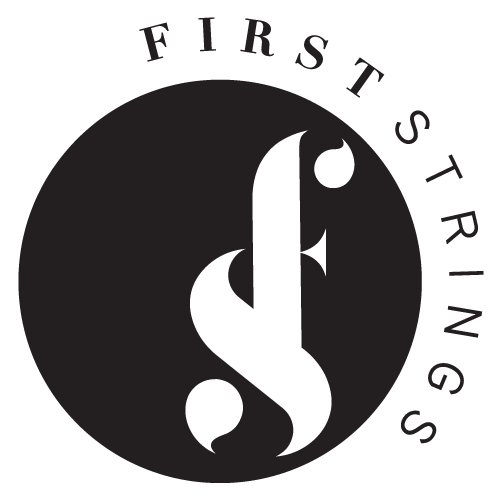
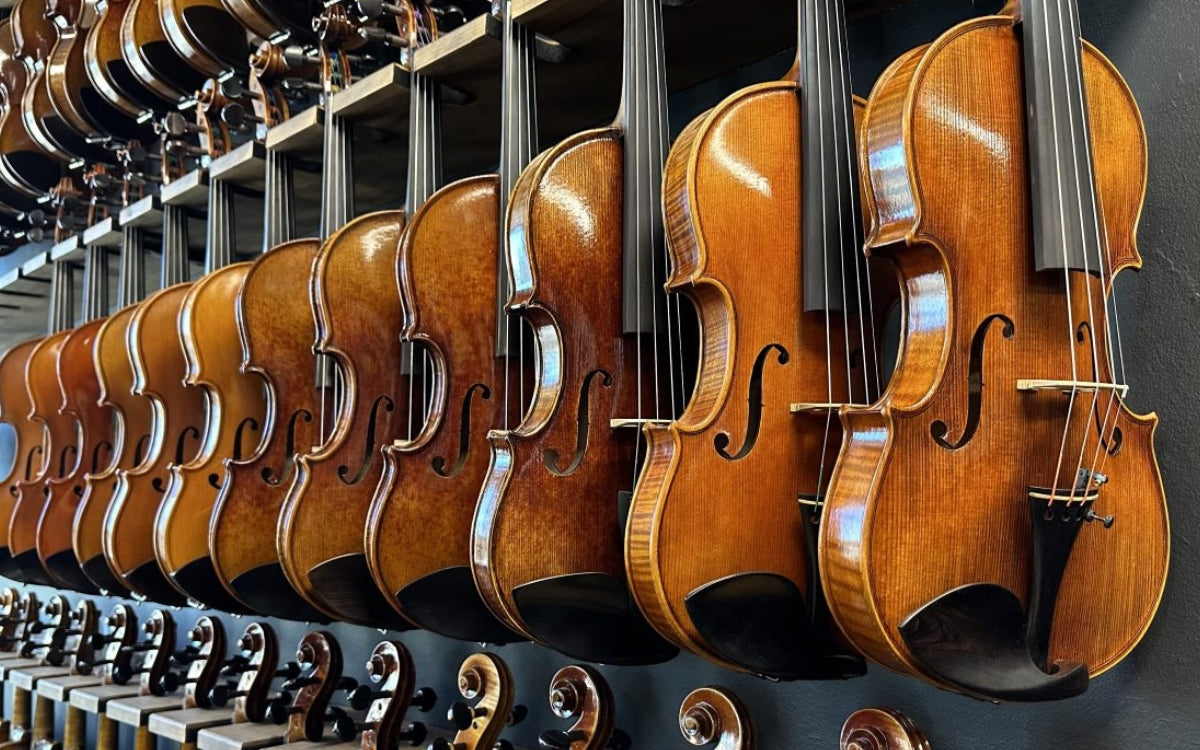
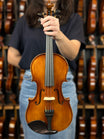
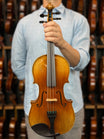
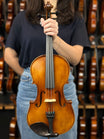
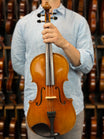
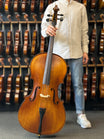
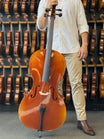
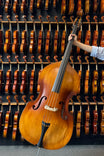
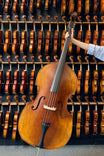
Leave a comment
All comments are moderated before being published.
This site is protected by hCaptcha and the hCaptcha Privacy Policy and Terms of Service apply.